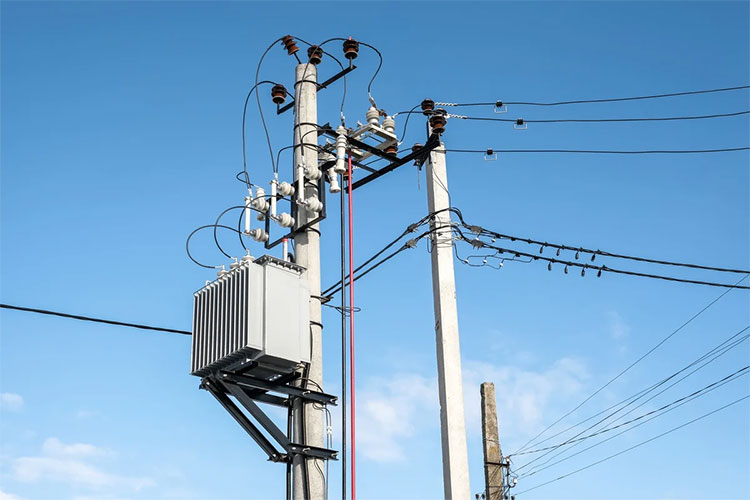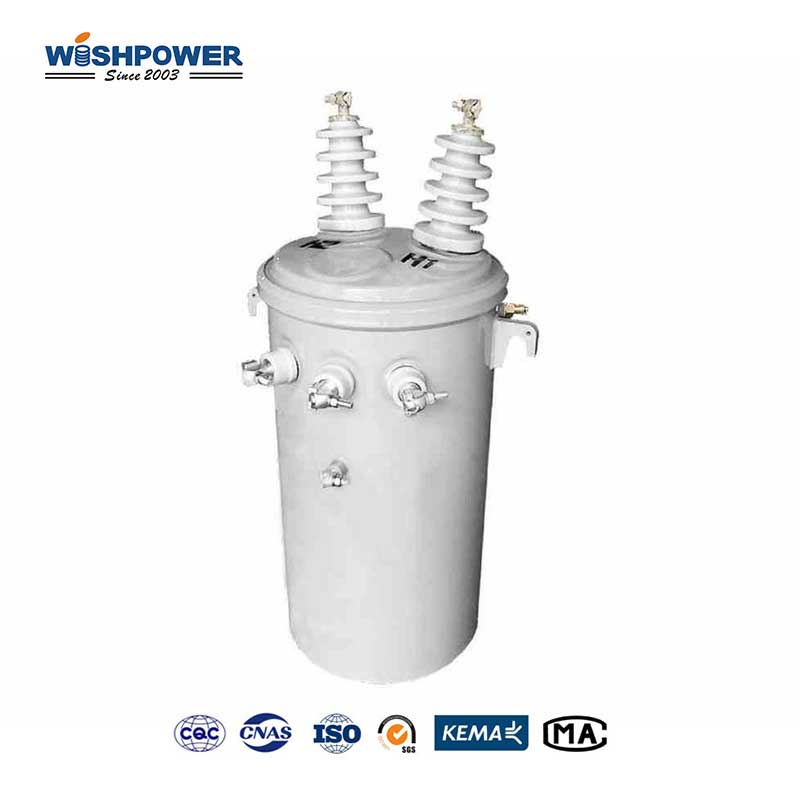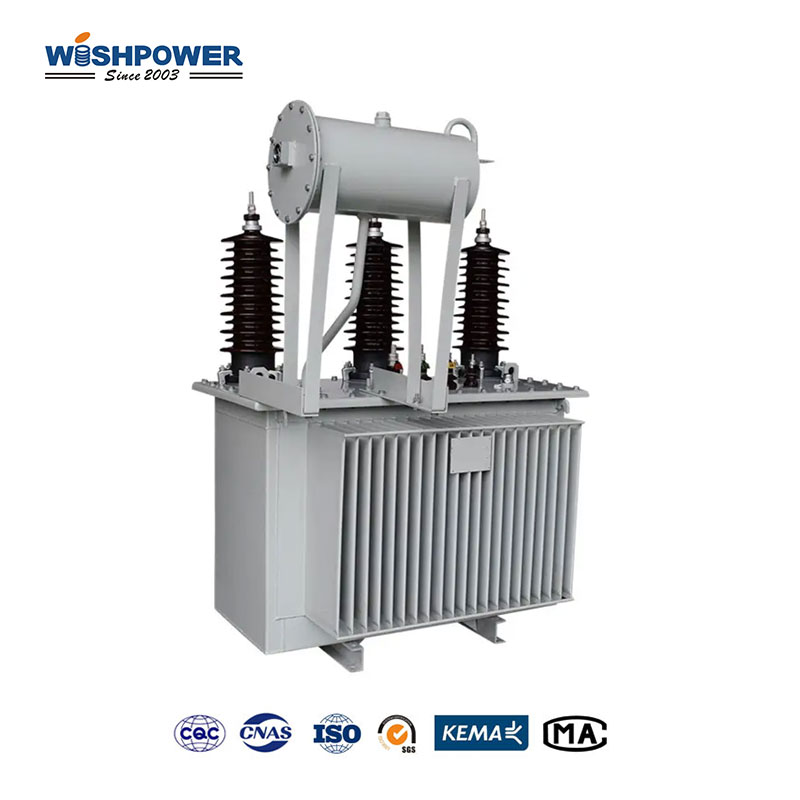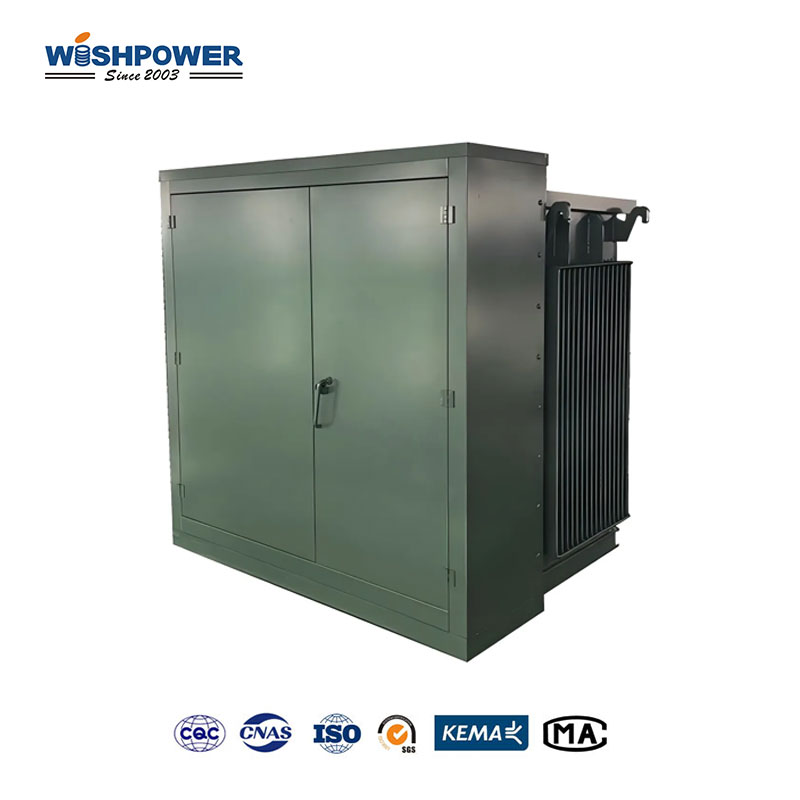Today, pole-mounted transformers are required components of modern electrical power distribution networks: they are the devices used to step down high-voltage power lines to the levels needed for residential, commercial, or industrial purposes. The standard size of a pole-mounted transformer depends on capacity, physical dimension, and application.

What is the standard size of a pole-mounted transformer?
Pole-Mounted Transformers Capacity Standards
Small-scale applications (10–50 kVA): These transformers are the perfect transformers for single-family homes or small-sized commercial places where electricity requirement is mild.
Medium-scale applications (75–200 kVA): In neighborhoods or in small industrial zones these transformers may be used to support a larger number of users.
Large-scale applications (250–500 kVA): Developed for industrial and large commercial facilities with large power needs.
However, standard ranges for these capabilities exist, and custom transformers can be designed for particular energy requirements.
Physical Dimensions of Pole-Mounted Transformers
Small transformers (10–50 kVA): These units generally have very compact dimensions of typically 60–80 cm (24–32 inches) in diameter and 70–100 cm (28–40 inches) high. Typical uses include lightweight and easy installation on single utility poles.
Medium transformers (75–200 kVA): Their diameter may vary from 80 to 120 cm (32–48 inches) in diameter and 100 to 150 cm (40–60 inches) high. Their extra weight requires sturdier poles for mounting ones.
Large transformers (250–500 kVA): These transformers measure 120–160 cm (48–64 inches) in diameter and 150–200 cm (60–80 inches) in height and are much heavier, hence can require reinforced poles.
Factors Affecting Transformer Size
Voltage Levels: This usually implies larger insulation systems and hence larger transformer units.
Cooling Systems: Dry-type transformers are bulkier than oil-immersed transformers because of the additional cooling medium and extra tank.
Load Requirements: Larger transformers will be required in such areas as electricity consumption is higher than in other areas and there would be overloading.
Environmental Conditions: An insulation or weatherproofing additional to transformers in extreme climates may be needed, stretching their size.
Global Standards for Pole-Mounted Transformers
These transformers are also made with poles mounted to conform to regional or international standards. They ensure both uniformity in the design and the performance and make for widespread compatibility and safety. Key standards include:
IEC 60076: This is an international standard on the general specifications, testing, and performance of power transformers.
ANSI/IEEE C57.12.20: It is a widely used standard in North America to define the design and performance of liquid-immersed distribution transformers.
GB/T 6451: This Chinese standard specifies the technical basis and technical requirements for oil-immersed transformers.
AS/NZS 60076: This is an IEC 60076 (local requirements) adaptation to this Australian and New Zealand standard.
Installation Considerations Based on Size
Pole Strength: For their size, however, larger transformers need stronger poles to support their weight.
Clearances: The transformer must have adequate space around it for safety, and to cool as needed.
Access for Maintenance: Maintenance personnel should mount transformers at a suitable height to enable them to be serviced safely in the ordinary way with standard apparatus.
Trends in Transformer Design
When technology is improved, modern pole-mounted transformers have become more compact and efficient. Like most things, new amorphous core materials and more efficient cooling systems have enabled small, light units with the same performance, or increased performance, as before. Smart transformers with integrated monitoring systems are also developed to achieve optimal performance and grid reliability.
Conclusion
The standard pole-mounted transformer size in terms of capacity, application, and regional standards. Utilities and industries can make appropriate transformer choices based on the factors affecting the size and design of the transformer by understanding. These reliable devices are still an essential part of the current electrical infrastructure, enabling systemic and efficient energy delivery across a wide spectrum of applications.
If you have different opinions or want to know more, please leave a message on the website or contact us directly at info@wishpower.net

















